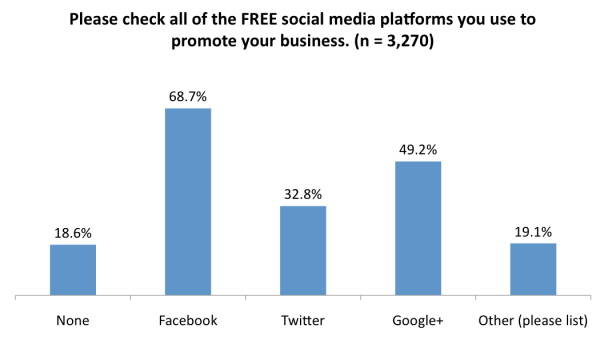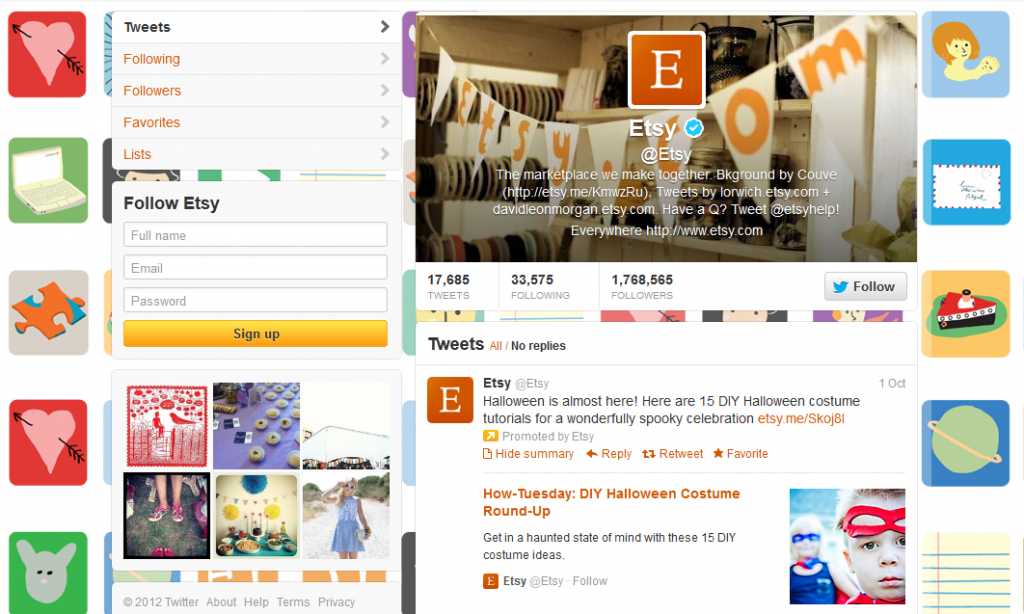As part of our initiative to educate and help our partners, I want to share with you how you can sell social media like a rock star. Social media is quickly rising in demand, and competition is becoming stiff. With these tips, you can maximize your reach and sell to your customers more effectively.
Social Media: A Look at Some Numbers
A recent online survey shows that 85% of the respondents said they were not looking to get paid advertising services in the next 3-6 months. Social media comes as a natural alternative for advertising because it is free and easy to use. Almost 45.1% of SMBs spend more than 5 hours a week on marketing efforts, and almost 70% are on Facebook. 49.2% said they had Google+ profiles as well. Only 18.6% of businesses said they did not have a social media account. That leaves you with 81.4% to sell social media to.
Image Your Brand Properly
First impressions are everything, and nothing leaves a good first impression on social media more than your profile’s appearance. One low quality image could misrepresent your brand, causing visitors to undermine your skills. Choose appropriate high-quality images that are relevant to your products or services, and keep it consistent through all your social media profiles. Being image-savvy sends your brand message effectively to your target market. Make sure to optimize all images that appear on your profiles by adding appropriate tags and information.
Target Your Audience
Not all social media profiles will give you the turnout you need for business. Do your research and find out what profiles your target market actively uses, and only create and optimize profiles in those sites to save time. Finding and targeting your audience gives you more time to monitor other aspects of your campaign. Dong this also helps you frame content for your audience.
Create a Lightweight Interaction Guideline
Because social media is free, and majority of people have access to it, information overload is one of social media’s biggest problems. In order to give your profiles direction, create a guideline that plots your interaction strategy. Keep it lightweight to avoid overwhelming your audience – a carefully planned engagement strategy leads to heavyweight interaction and conversions, after all.
Use Attention Economy
As I mentioned in the previous blog, keeping your visitors’ attention is no easy feat in this era of digital Darwinism. You must deeply incorporate attention economy into your social media marketing strategy. Think of it this way: if content is king, then social media is the kingdom. The best way to get people’s attention is by giving them relevant information in digestible chunks. Show industry leadership by marketing your content through social media.
Build Brand Stories in Social Media
People react in real time to posts, links, and images shared via social media. This makes it an excellent venue for building brand stories. Engage your target market through storytelling, and get clients to participate by sharing their own personal stories. Done right, this could be successful in engaging the audience, which is very important especially for small-medium businesses. Create narratives and share these across different touch points to keep visitors coming back. Etsy’s social media campaign is a very good example of this.
Connect with Influencers
Learn who the influencers are in your social network, and build a relationship with them. Remember that the influencers in social media may not be the same as the influencers in your industry. Find reliable and authoritative influencers, and every now and then, post something directed exclusively towards them. As your relationship progresses, when the influencers see your leadership and value, they could become brand evangelists on your behalf, bringing in more new customers.
“Generation C” Consumerism
Social media has made communication much more than the two-way street it used to be. Today, consumers create a communication web and interact with each other. People send in their reactions to posts, images, and links shared on social media in real time. Whenever they do, these consumers connect and weigh each other’s comments before trusting your brand. Keep connected consumerism in mind and develop a plan that connects customers together. This helps increase engagement and brand affinity.
Be Constructive, Not Reactive
Just as with other products or services, you’re bound to receive criticism, especially online where it’s easy to share personal opinions. Make your reactions constructive and witty without being arrogant or reactive. Bodyform’s spoof apology video is a very good example of this. Instead of replying to the thread, they created a funny, catchy video that shows their brand personality.
Of course, you may be one of those seeing the Bodyform situation as staged. If it is true, it’s still a very good example of how you can deal with negative criticism; if not, then it’s a great example of social media branding.
Set the example for your target clients by doing these things on your own social media profiles, and keep these in mind when explaining your methodology to your potential client. Contact your account manager today for more tips on selling social media, or sign up for your free account to become a partner and start your campaign.




